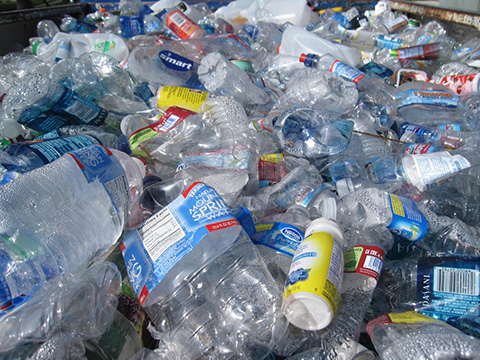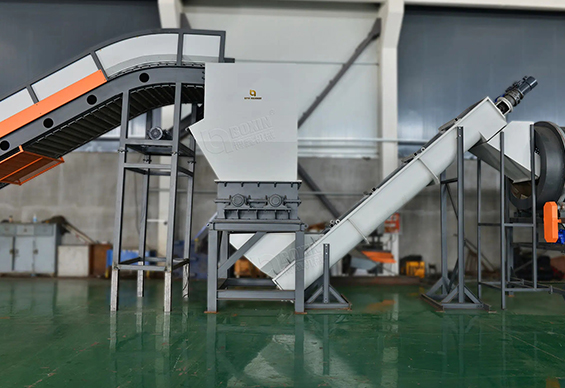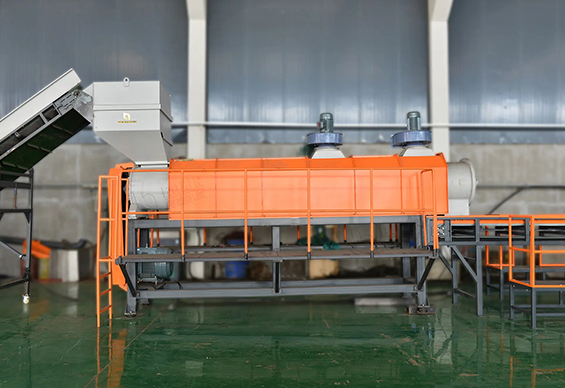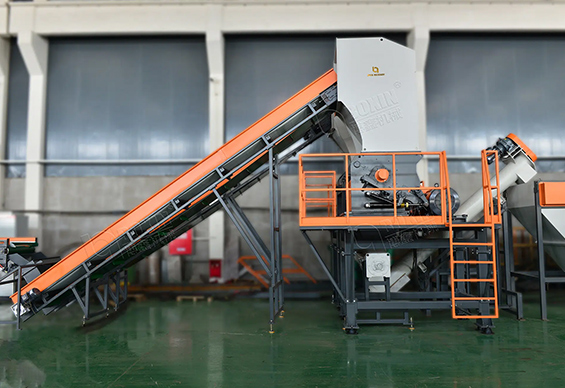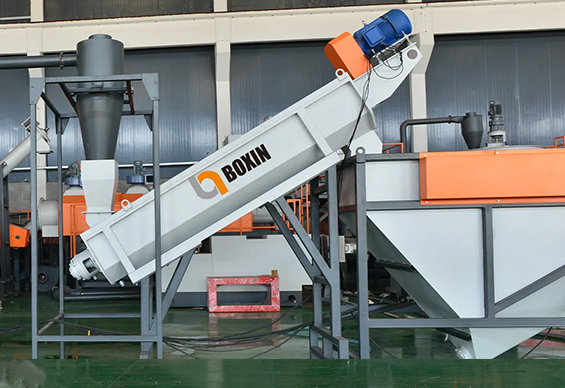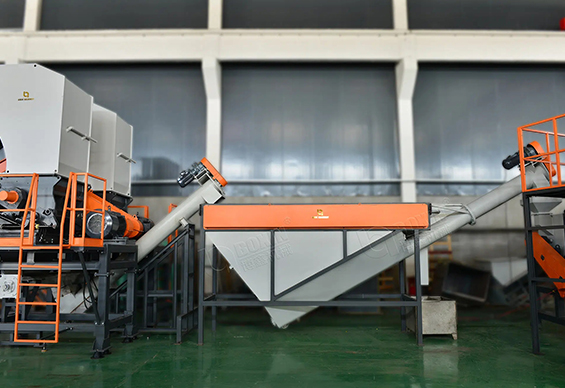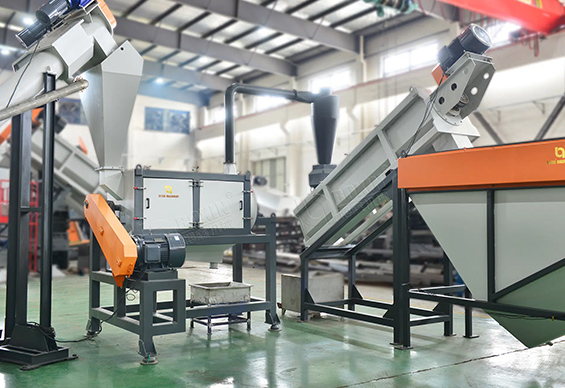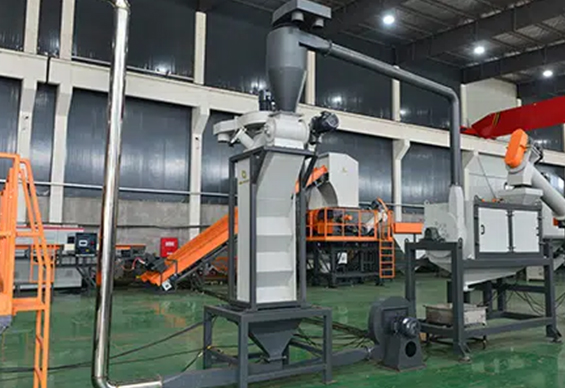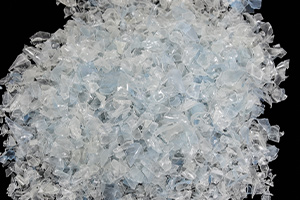This disparity reveals the core of the PET paradox: the inherent advantages of PET are offset by its long degradation period and low recycling rate in the absence of efficient, large-scale recycling infrastructure.
Therefore, simply comparing carbon emissions is incomplete—true sustainability depends on the comprehensive management of the entire life cycle. Efficient recycling technologies, particularly advanced PET recycling production lines, are the key to resolving this paradox and fully unlocking PET’s benefits of light weight and low energy consumption.
| Material | Production Energy Consumption | Greenhouse Gas Emissions | Transportation Energy Consumption | Recycling Rate | Recycled Content | Decomposition Time |
|---|---|---|---|---|---|---|
| PET | Low | Low | Very Low | Low | ~3% | 450–1000 years |
| Glass | Very High | Very High | Very High | Relatively High | Relatively High | Non-degradable |
| Aluminum | High | High | Low | Very High | ~73% | 200–500 years |

 EN
EN 
 English
English 简体中文
简体中文 Русский
Русский España
España عرب .
عرب .